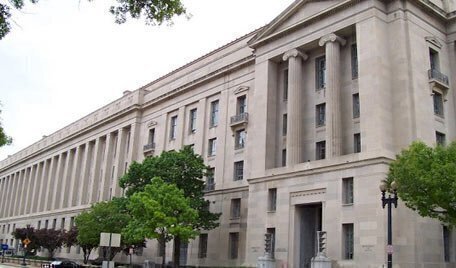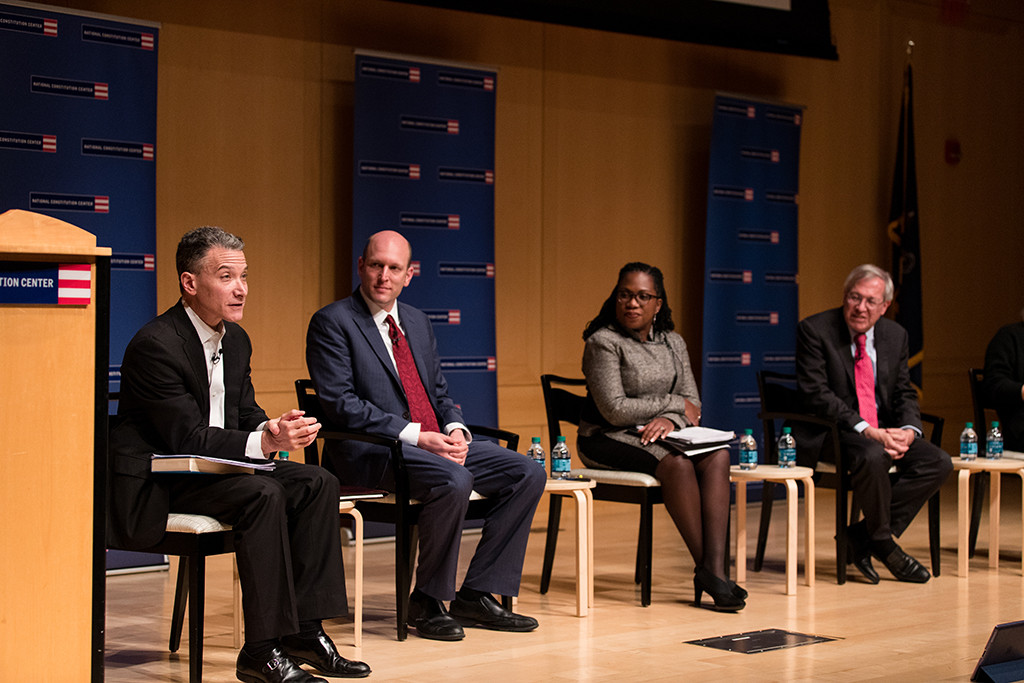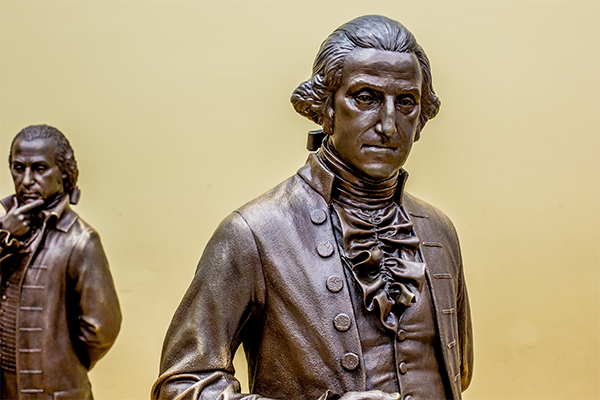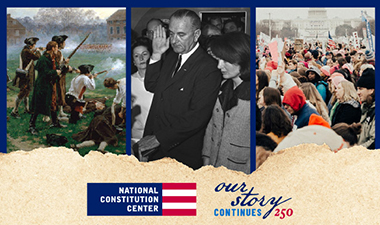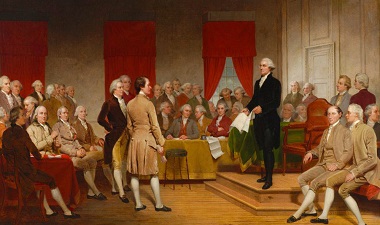Constitution Daily Blog
Treaty and Appointments Power
On this day, the Treaty of Guadalupe Hidalgo is signed
On February 2, 1848 the Treaty of Guadalupe Hidalgo was signed in Mexico without President James K. Polk’s knowledge. The United…
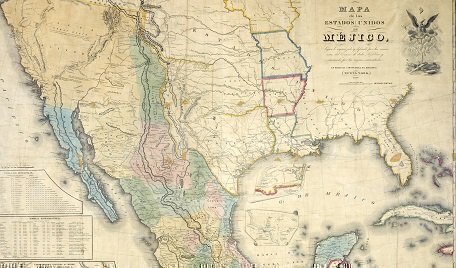
On This Day: Senate rejects Robert Bork for the Supreme Court
On October 23, 1987, the United States Senate held one of the most-controversial votes on a Supreme Court nominee in its history,…
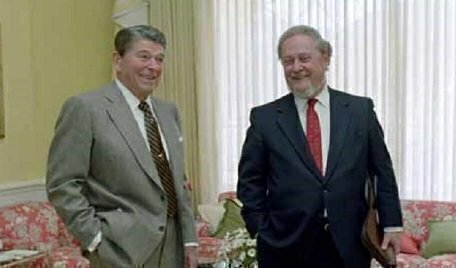
The Louisiana Purchase: Jefferson’s constitutional gamble
On October 20, 1803, the Senate ratified a treaty with France, promoted by President Thomas Jefferson, that doubled the size of…
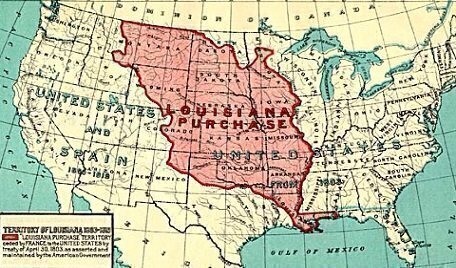
The man who delivered California to the U.S., and was fired for it
On March 10, 1848, the Senate approved a treaty that led to California and much of the Southwest joining the United States. But…
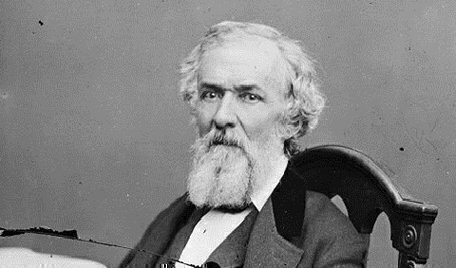
The Gadsden Purchase and a failed attempt at a southern railroad
On December 30, 1853, a treaty was signed where Mexico sold the United States 29,000 square miles of territory for what eventually…
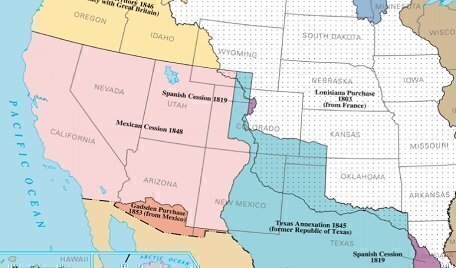
America’s “forgotten war” ended on this day, and few people knew
On December 24, 1814, the Treaty of Ghent officially ended the War of 1812, but the delayed news couldn't stop nearly 1,000…
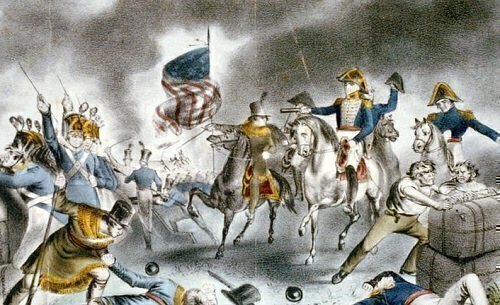
On this day, the Louisiana Purchase is completed
Life in the newly formed United States changed forever on December 20, 1803 when the American flag flew over New Orleans,…

On this day: Panama regains the Panama Canal
On December 31, 1999, the United States officially handed the Panama Canal over to Panama’s government, ending a long saga that…
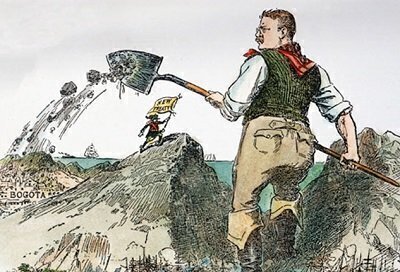
On this day: Wilson’s 14 Points puts U.S. on world diplomatic stage
President Woodrow Wilson’s speech to Congress on January 8, 1918 made the United States a global player in the world of foreign…
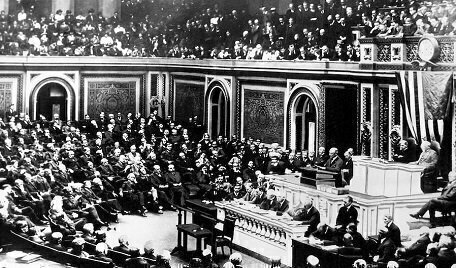
A look at the Vacancies Reform Act
This week, an obscure act of Congress is getting a lot of attention in the discussion over Rod Rosenstein’s future in…
